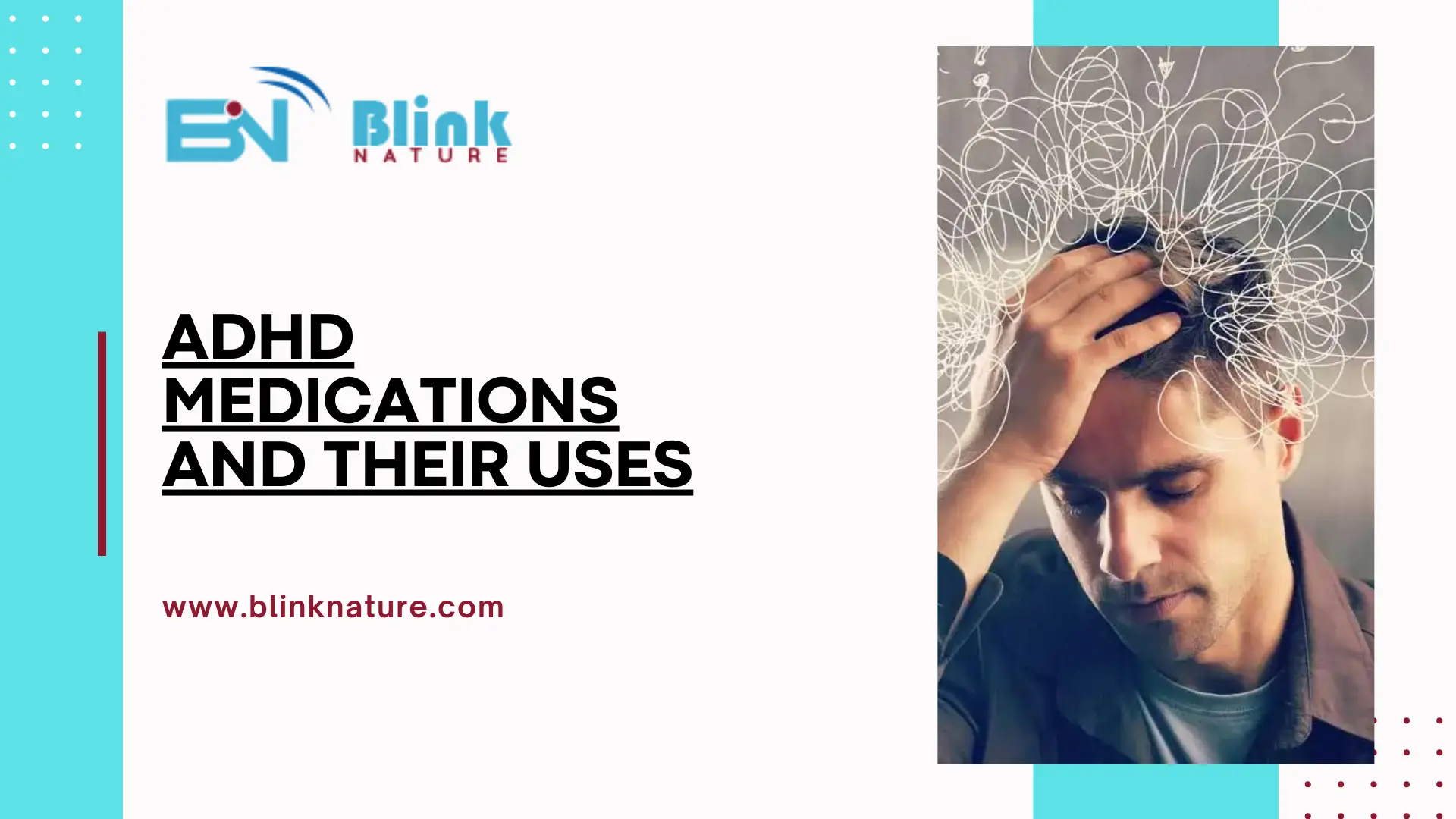
Attention deficit hyperactivity disorder (ADHD) is a neurodevelopmental disorder characterised by hyperactivity, impulsivity, and inattention. While therapy and behavioural interventions are crucial for managing ADHD, medication can also play a significant role in symptom control.
This comprehensive list provides information about some of the most commonly prescribed ADHD Medications, their uses, and how they work.
The two primary classes of ADHD medications are stimulants and non-stimulants. Stimulant medications, such as methylphenidate (e.g., Ritalin) and amphetamine-based drugs (e.g., Adderall), are the most commonly prescribed and widely studied. These medications work by increasing the levels of certain neurotransmitters, such as dopamine and norepinephrine, in the brain.
By doing so, they help improve focus, attention, and impulse control.
Non-stimulant medications, such as atomoxetine (Strattera) and guanfacine (Intuniv), work differently from stimulants. Atomoxetine is a selective norepinephrine reuptake inhibitor, while guanfacine stimulates specific receptors in the brain. These medications are often considered when stimulant medications are ineffective or not well-tolerated. They can provide similar benefits regarding symptom control but with different mechanisms of action.
In some cases, combination medications may be prescribed. These formulations typically combine a stimulant with a non-stimulant medication to provide a broader range of symptom management. For example, a combination medication may contain dextroamphetamine/amphetamine (found in Adderall) and atomoxetine (found in Strattera).
It’s important to note that the choice of ADHD medication depends on individual factors, such as age, symptoms, and potential comorbidities. The effectiveness of medication can vary among individuals, and finding the right medication and dosage often involves a process of trial and error. Regular monitoring and close communication with a healthcare professional are crucial for determining the optimal treatment plan.
Stimulant medications are often the first-line treatment for ADHD due to their effectiveness in managing symptoms. They work by increasing levels of certain chemicals in the brain, improving focus and reducing impulsivity.
Used to treat both children and adults with ADHD. Available in immediate-release (Ritalin), extended-release (Concerta), and transdermal patch (Daytrana) formulations. Provides symptom relief for several hours, allowing improved attention and reduced impulsivity.
Adderall combines amphetamine salts, while Vyvanse contains lisdexamfetamine dimesylate. Both medications are approved for treating ADHD in children and adults. Enhances attention and reduces hyperactivity, with Vyvanse offering extended-release benefits.
Non-stimulant medications are often considered when stimulant medications are ineffective or not well-tolerated. They work by targeting different brain chemicals to regulate attention and impulse control.
The first non-stimulant medication approved for ADHD treatment in children, adolescents, and adults. Selectively blocks the reuptake of norepinephrine, a neurotransmitter associated with attention and impulse control. It may be particularly beneficial for those with coexisting anxiety or tics.
Originally developed for treating hypertension, guanfacine is now used off-label for ADHD. Stimulates certain receptors in the brain, leading to improved attention and reduced hyperactivity. Often prescribed as an adjunctive treatment to stimulant medications.
Like guanfacine, clonidine was initially used for hypertension and is now prescribed off-label for ADHD. Helps regulate norepinephrine levels, improving attention and impulse control. Often used alongside stimulant medications or atomoxetine.
Combination medications are formulations that contain a stimulant and a non-stimulant medication in a single pill, providing the benefits of both classes of drugs.
Combines the stimulant dextroamphetamine/amphetamine (found in Adderall) with the non-stimulant atomoxetine (found in Strattera). Offers the advantages of both classes of medications, targeting attention, hyperactivity, and impulsivity.
Although primarily approved for weight management, this combination medication has shown some benefits in treating ADHD. Bupropion acts as a norepinephrine-dopamine reuptake inhibitor, while naltrexone targets opioid receptors. Typically prescribed off-label for ADHD in individuals with comorbid obesity or substance use disorders.
This comprehensive list provides an overview of some of the most commonly prescribed ADHD medications and their uses. It’s important to note that the effectiveness of each medication can vary from person to person, and a healthcare professional should closely monitor individual responses. Medication should always be used with therapy and other supportive interventions for optimal management of ADHD symptoms. If you or someone you know is considering ADHD medication, consult a qualified healthcare provider to discuss the options and find the most appropriate treatment approach.
Comprehensive List of Commonly Prescribed ADHD Medications and Their Uses
Tags: ADHD Medications